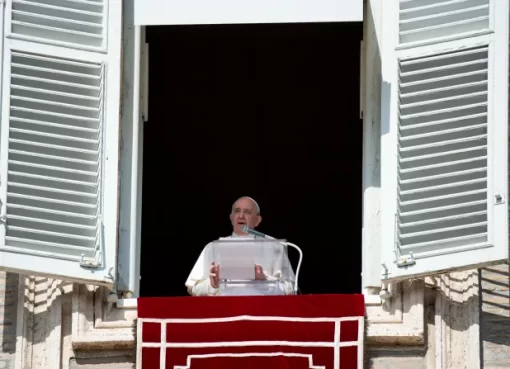Unknown gunmen on August 22 attacked Ríos in a drive-by shooting outside a convenience store in Juan Díaz Covarrubias, a town in the eastern Mexican state of Veracruz, according to news reports. The journalist died en route to the hospital.
The Veracruz attorney general’s office said in a statement that two other men were with Ríos at the time of the shooting and news reports identified one of them as a former policeman. Both of the other men died at the scene, according to local media.
“Mexican authorities must thoroughly investigate the killing of Cándido Ríos Vázquez and consider his work as a journalist as a possible motive,” said Alexandra Ellerbeck, the North America Program Coordinator for CPJ, from New York. “Ending the impunity in attacks on journalists is the only way to stop such murders, which have made Veracruz the deadliest place in the Western Hemisphere for journalists.”
In 2017, more journalists have been singled out for murder in reprisal for their work in Mexico than in any other country, CPJ research shows.
Ríos, 59, founded a local newspaper La Voz de Hueyapán and covered crime in the Hueyapán de Ocampo municipality, located south of Veracruz’s regional capital of Xalapa, for a regional paper, El Diario de Acayucán.
Federal authorities enrolled Ríos in a government protection program in 2013, according to the federal Mechanism for the Protection of Human Rights Defenders and Journalists. As part of the program, the journalist had police protection, a mobile panic button, and security cameras at his residence.
According to Veracruz media outlets, Ríos had drawn the ire of Gaspar Gómez Jiménez, a former mayor of Hueyapán, for his reporting of local issues.
AGN Veracruz, a local news website based in the city of Puerto de Veracruz, reported on August 22 that Gómez Jiménez released a video earlier this month on social media sites in which he threatened to beat up Ríos. In the video, Gómez Jiménez also references accusations that he was said to have hired people to beat up Ríos, AGN Veracruz reported. CPJ was unable to reach the former mayor for comment.
Jorge Ruiz, a spokesperson for Mexico’s National Human Rights Commission (CNDH), told CPJ the victim reported having received threats in the past from several local politicians over his political coverage. In the days and weeks leading up the attack, however, the victim had not reported any threats, Ruiz said.
A Veracruz state-run group that provides reporters with protection confirmed to CPJ that Ríos had received death threats, but was not enrolled in programs the Veracruz State Commission for Attention and Protection provides to at-risk journalists. The group’s executive secretary Jorge Morales said their representatives are working with Ríos’ family to determine if they will need protection in the future.
The federal undersecretary for Human Rights Roberto Campa said he believed the attack to be unrelated to Ríos’ work as a journalist, and that the incident was most likely related to Ríos’ companions who also died at the scene. Campa said during a press conference August 23 in Xalapa that his comments were based on information from the Veracruz state attorney general.
Ricardo Sánchez Pérez del Pozo, the federal Special Prosecutor for Attention to Crimes committed against Freedom of Expression, told CPJ yesterday that his office had opened an investigation into Ríos’ death. Sánchez said the special prosecutor’s office has not ruled out the victim’s work as a reporter as a posible motive in the shooting.
At least four reporters have been killed this year because of their work and kidnapping also remains a common way of silencing the press in Mexico, according to CPJ research. On May 22, Michoacán-based reporter Salvador Adame Pardo was abducted from the central Mexican town of Nueva Italia.
CPJ is currently investigating the motivations behind the murder of journalist Ricardo Monlui Cabrera, who was shot to death in the state of Veracruz on March 19.
One of the four journalists who was murdered this year in reprisal for his work, Javier Váldez Cárdenas, was a 2011 recipient of CPJ’s International Press Freedom Award.





